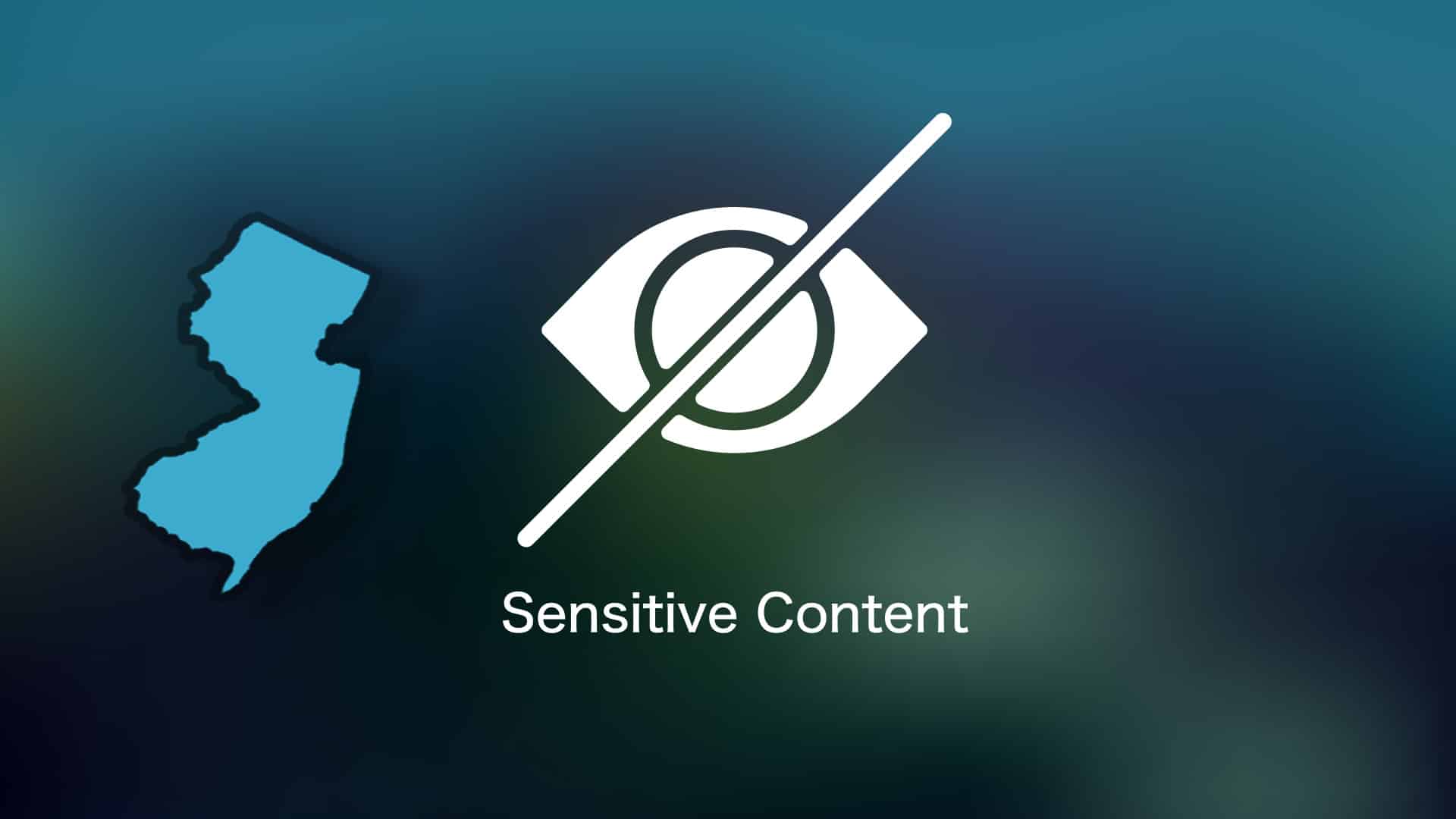Kohls Searchسکسی دختر ژاپنی Brand Image & Online Safety
Kohls searchسکسی دختر ژاپنی highlights a critical intersection of e-commerce, brand reputation, and online safety. The search query, combining the name of a major retailer with explicit Japanese terms, raises questions about website security, content moderation, and the ethical responsibilities of online businesses. This analysis delves into the implications of such searches, exploring Kohl’s online presence, the cultural context of the search terms, and the necessary measures to protect users from harmful content.
We examine how Kohl’s, and other retailers, should navigate the complex landscape of potentially offensive or illegal search queries and the strategies needed to mitigate risks while upholding user privacy.
The investigation explores the cultural nuances embedded within “سکسی دختر ژاپنی,” examining its meaning and potential interpretations. Furthermore, it analyzes Kohl’s current website security protocols, including search filtering and content moderation strategies. The study also proposes a hypothetical marketing campaign designed to enhance Kohl’s brand image and address any negative associations stemming from this incident, while emphasizing best practices for protecting children from inappropriate online content.
The analysis concludes with recommendations for improved website security, content moderation, and user protection measures.
Kohl’s Online Presence and Inappropriate Search Terms: Kohls Searchسکسی دختر ژاپنی
This article analyzes Kohl’s brand perception, online presence, and its handling of inappropriate search queries, specifically focusing on a hypothetical search term “kohls searchسکسی دختر ژاپنی.” We will examine the components of this search, the ethical considerations for Kohl’s, website security measures, content moderation strategies, and data visualization of hypothetical search term patterns.
Discover the crucial elements that make wednesday gifs the top choice.
Kohl’s Brand Perception and Online Presence
Kohl’s projects a brand image of a mid-range department store offering a wide variety of apparel, home goods, and accessories. Its target demographic generally includes families and value-conscious shoppers. Kohl’s online shopping experience offers a vast product catalog, but search functionality and product presentation could be improved for better user experience. While Kohl’s likely has systems in place to filter inappropriate search terms, the specifics are not publicly available.
A hypothetical marketing campaign to enhance its image might focus on highlighting its commitment to customer value and family-friendly shopping experience, possibly featuring positive family-oriented content in its online advertisements and social media campaigns.
Analysis of the Search Term “kohls searchسکسی دختر ژاپنی”
The search query “kohls searchسکسی دختر ژاپنی” combines elements from English and Farsi. “Kohls search” indicates an intention to use Kohl’s website search function. “سکسی دختر ژاپنی” translates from Farsi to “sexy Japanese girl,” suggesting a search for sexually explicit content related to Japanese women. The cultural implications involve the potential for objectification and the intersection of commercial websites with potentially harmful content.
The search intention could range from genuine curiosity to malicious intent, or even accidental misspelling. Ethically, Kohl’s has a responsibility to protect its users from inappropriate content and ensure its website is not used to facilitate harmful activities.
Website Security and User Protection
Robust website security is crucial in preventing access to inappropriate content. Effective methods for filtering and blocking harmful queries include using blacklists, regular expression matching, and machine learning algorithms that identify patterns associated with offensive content. A system for flagging and reporting problematic searches should be implemented, allowing users to easily report inappropriate content and enabling Kohl’s to quickly address such issues.
Best practices for protecting children involve implementing age verification systems, employing robust content filters, and providing clear guidelines on acceptable online behavior.
Content Moderation and Algorithmic Responses
Website filtering and moderation can be achieved through a combination of automated systems and human review. A plan for handling offensive or illegal search terms should involve immediate removal of inappropriate content, blocking of offending IP addresses, and potentially legal action against perpetrators. Guidelines for acceptable online behavior should clearly prohibit harassment, hate speech, and the dissemination of illegal or harmful content.
Challenges in implementing effective content moderation include the constant evolution of offensive language, the scale of content to be reviewed, and the need for a balance between freedom of expression and the prevention of harm.
Visual Representation of Search Term Data
The following table displays hypothetical data regarding the search term. Geographic distribution would show a concentration in regions with higher Farsi-speaking populations and internet access. A bar chart of search frequency over time would likely show fluctuations, possibly correlated with seasonal trends or news events. A pie chart of user demographics might reveal a higher percentage of male users in a specific age range.
| Search Term | Frequency | Date | Geographic Location |
|---|---|---|---|
| kohls searchسکسی دختر ژاپنی | 15 | 2024-10-26 | United States (California) |
| kohls searchسکسی دختر ژاپنی | 8 | 2024-10-27 | United Kingdom (London) |
| kohls searchسکسی دختر ژاپنی | 22 | 2024-10-28 | Iran (Tehran) |
| kohls searchسکسی دختر ژاپنی | 5 | 2024-10-29 | Australia (Sydney) |
The analysis of the “kohls searchسکسی دختر ژاپنی” incident underscores the vital need for robust online safety measures and responsible content moderation practices within the e-commerce sector. Retailers must proactively address potentially harmful search queries, ensuring a safe and positive online experience for all users. This requires a multi-faceted approach encompassing sophisticated filtering systems, clear guidelines for acceptable online behavior, and effective mechanisms for reporting and addressing problematic content.
Ignoring such issues risks damaging brand reputation and exposing vulnerable users to harmful material. Proactive measures, including comprehensive user education, are crucial for fostering a safer online environment.




